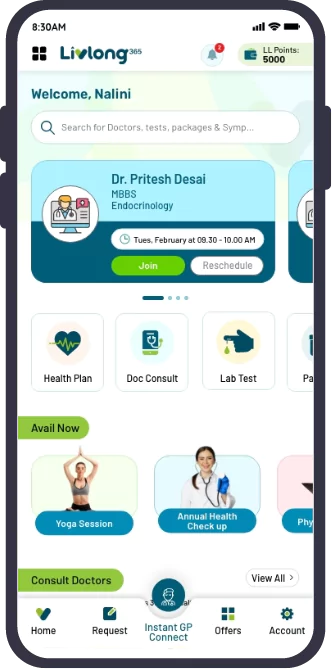Table of Contents
Normal range of blood glucose levels after meal may depend on what blood tests are used but the variances are small. Moreover, the normal range of blood sugar after meals is not the same for diabetes patients and people without diabetes. It checks the blood sugar range for people having diabetes is higher than those people without diabetes.
Having a high or low blood sugar range after a meal could show a health condition that may need medical attention. When people have diabetes, blood sugar levels may be high. Over time, this can damage a body and cause many other problems. A blood sugar chart shows a person’s blood sugar levels throughout the day after meals.
People who do not have a normal range of 72-99 mg/dL and after eating up to 140 mg/dL for about 2 hours. People having diabetes have maintained glucose levels with medications that have a different glucose range. After eating these people have a fasting range of 100 mg/dL or less and 180 mg/dL about 2 hours.
Normal range of blood sugar after a meal
- After-meal blood sugar for people without diabetes
Diabetes’ normal range after a meal is lower than 140 mg/dl. A blood sugar lies 140 to 199 mg/dl is referred to as prediabetes, and a blood sugar range 200 mg/dl or higher is considered diabetes. People who do not have diabetes are checking their blood sugars. However, for diabetes one of the screening tests is called an oral glucose tolerance test, or OGTT. (A different version of the OGTT also helps to diagnose gestational diabetes, which is diabetes that occurs during pregnancy). A blood sample will be used to check the blood sugar range. A sugary drink check of the person after drinks that contain 75 grams of sugar. Blood sugar is checked again two hours later.
- Normal blood sugar range after eating for diabetics
After a meal of 1 to 2 hours, blood sugar will be lower than 180 mg/dl for most nonpregnant people having diabetes. It is typically high blood sugar range in people with diabetes. Again, for certain people this target may need to be individualized based on such factors like duration of diabetes, age and life expectancy, cognitive status, other health conditions, cardiovascular complications, and hypoglycemia unawareness. It is beneficial for people who have diabetes to discuss their target blood sugar range with their healthcare provider.
- HbA1c
The HbA1C test is a blood test that gives average blood glucose levels over the past three months. This test is also known as hemoglobin A1C, A1C, glycated hemoglobin, and glycosylated hemoglobin test. A person is not required to check a HbA1C test ; in other words, it’s fine to eat or drink something before.
The HbA1C test may not be good for some people. This includes people with anemias and for those receiving treatment for HIV, and people of African, Mediterranean, or Southeast Asian descent. The HbA1C result shows a percentage report; the percentage is high then the blood sugar level is also high.
Moreover, the HbA1C test helps to check people who have diabetes and control their condition.
- Normal HbA1c for a person without diabetes
For people who do not have diabetes, a normal HbA1C level is lower than 5.7%. An A1C lies in 5.7% to 6.4% is considered prediabetes.
It shows that people above the age of 45 or people who are under 45 who are overweight and have many risk factors for diabetes have a baseline to check A1C. The A1C should be checked every 3 years if the result is normal. The A1C should be checked every 1 to 2 years if the result indicates prediabetes.
- HbA1c test for people with diabetes
An HbA1C has less than 7% for most nonpregnant people with diabetes. A lower goal, maybe less than 6.5%, maybe good for some people who have diabetes for a short period of time, for younger people, for those without heart disease, and for those having type 2 diabetes manage with lifestyle or metformin only.
A higher HbA1C goal may be less than 8% and also good for people who have a history of severe hypoglycemia, a limited life expectancy, advanced diabetes complications, other illnesses, or for whom a lower HbA1C goal is hard to achieve. For people who suffer from diabetes, it is necessary to discuss their target blood sugar range with their healthcare provider.
Conclusion
The normal range of blood sugar after meals for diabetes, HbA1C tests are important ways to check prediabetes and diabetes, as well as show how well a person’s diabetes is being controlled. For those people who have diabetes, it’s crucial to not try yourself by using a finger-stick with a home blood glucose meter. There are important procedures that laboratories use for treating diabetes.
Keep your blood sugar range normal to avoid many of the complications. For people with diabetes blood sugar range control when 70 to 130 mg/dL before meals, and less than 180 mg/dL after meals.








